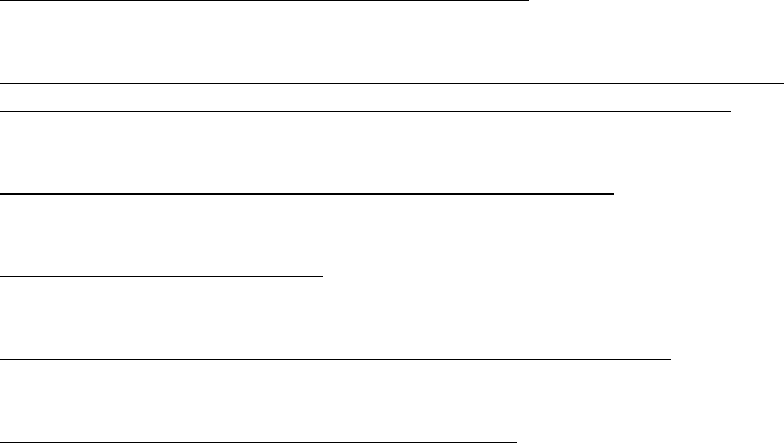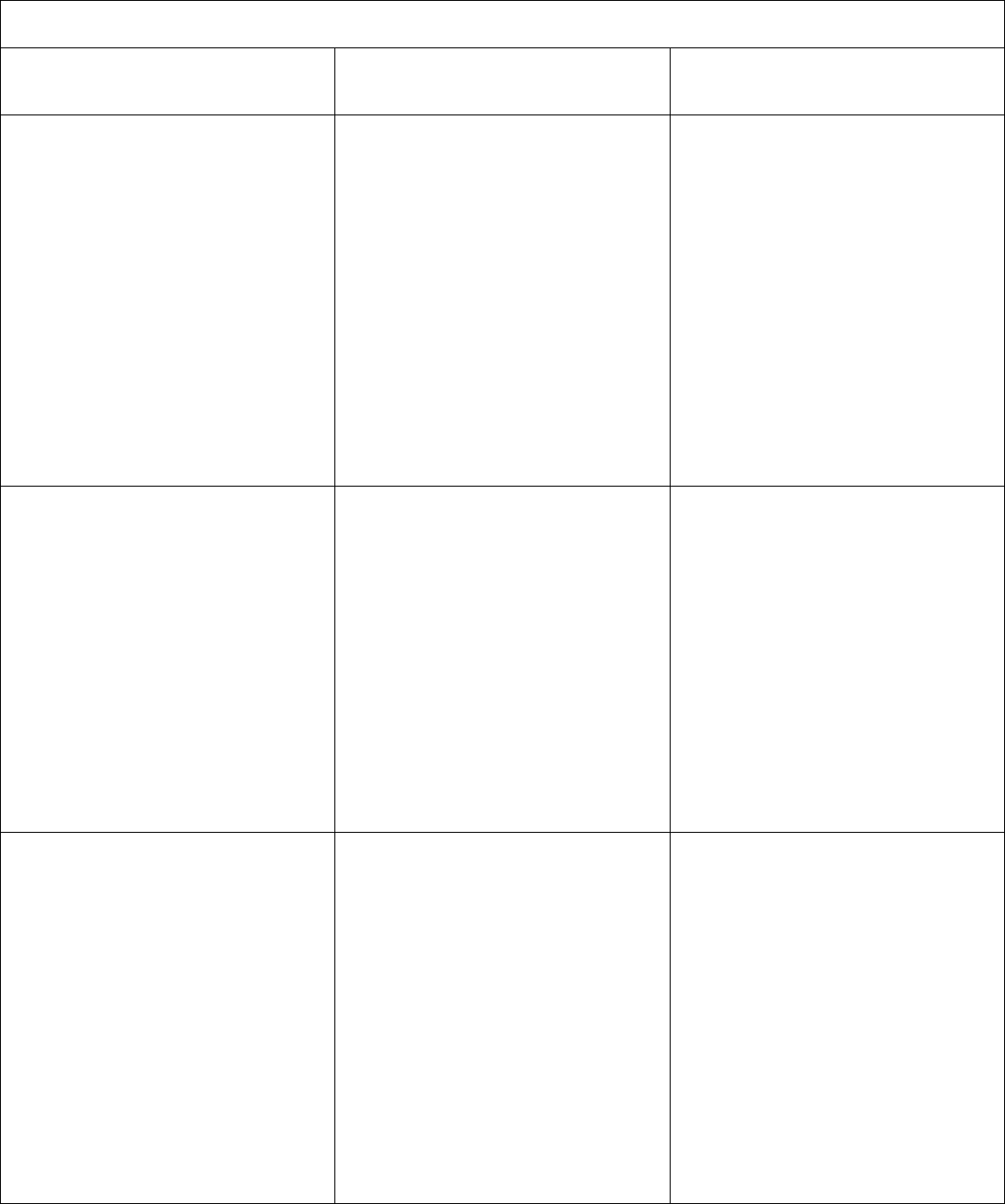
AP English Literature and Composition Course 2019 - 2020
SUMMER READING ASSIGNMENT
Welcome to AP Lit! Together, we will make the next academic year enjoyable, exciting, creative, and
innovative. You will be challenged to open your mind, stretch your imagination, and find the literary critic that
is currently hiding within you.
You are required to read and annotate three books. When you return to school in August, we will begin in
depth discussions and analysis of the required readings. The Summer Reading flows seamlessly into next Fall’s
First Quarter. Get the most out of your reading and make your future fall assignments much easier by being an
active reader of these books, and by annotating them which will guarantee that you are able to actively
participate in text-based tasks in class and have a successful start for the year.
THE REQUIRED READINGS AND ANNOTATIONS:
You are required to annotate all books. Annotation/commentary on e-books are not acceptable for this
course and credit will not be earned. No exceptions will be made. To be “literally” on the same page please
acquire these book editions ONLY! When we work in groups it will be necessary to have the same
books/editions for easy accessibility.
Book #1: How to Read Literature Like a Professor by Thomas C. Foster
(Harper Perennial; revised edition 2014; ISBN 978-0062301673).
Book #2: Jane Eyre by Charlotte Bronte
(Bantam Classics; 1983; ISBN 0553211404)
Book #3: See Step Four Below
DUE DATES: You must bring your three annotated books on August 29th or August 30th (per the 4X4
Burgundy/Silver Schedule) for a grade and be prepared for a comprehension test and assignments based on
these assigned novels.
Step One:
INSTRUCTIONS AND CRITERIA FOR SUCCESSFUL READING AND ANNOTATION
“Every Text is a lazy machine asking the reader to do some of its work.” – Novelist Umberto Eco
Annotating prose and poetry is different than annotating documents and non-fictional genres. Your analysis in
the AP English Literature and Composition course is to seek the meaning beyond the written word. You will
incorporate what you learned in AP English Language and annotate beyond the literal meaning. The author’s
style (elements such as diction, tone, selection of detail, imagery, symbols, motif, behavior and setting), will
help you the reader understand the deeper meaning of the characters – their characterization and behavior, inner
and outer conflicts and how they relate to the universal theme(s). To succeed on the AP Lit exam, you must
ALWAYS connect a character to a universal theme and the meaning of the work as a whole (MOWAW).

Daon 2019 Summer Assignment 2
Guide for annotating:
• Use a pen so you can make circles brackets and notes. If you like highlighters use one for key passages, but
don’t get carried away and don’t only highlight (this is not annotating).
• Look for patterns and label them (motifs, diction, syntax, symbols, images, and behavior, etc.).
• Mark passages that seem to jump out at you because they suggest an important idea or theme –
or for any other reason (an arresting figure of speech or image, an intriguing sentence pattern, a striking
example of foreshadowing, a key moment in the plot, a bit of dialogue that reveals character, clues about the
setting, an allusion, etc.).
• Mark phrases, sentences, or passages that puzzle, intrigue, please, or displease you. Ask questions and make
comments. Create a conscious dialogue with the text.
• At the ends of chapters or sections write a bulleted list of key plot events. This not only forces you to think
about what happened, see the novel as a whole, and identify patterns, but will help you create a convenient
record of the whole plot.
• Pay attention to allusions. Familiarize yourself with references to specific passages from other works (the
Bible will play an important role in Jane Eyre). Looking up a brief overview of an allusion can illuminate
meanings in the text that you would be blind to otherwise.
• Pay attention to any significance that might be suggested by a character’s name, a chapter’s title, etc. Make a
note of your understanding of how their names signal more about them/content.
• The Harvard College Library has posted an excellent guide to annotation, “Interrogating Texts: Six reading
habits to Develop in you First Year at Harvard.” Peruse this guide before beginning Step Two:
http://guides.library.harvard.edu/sixreadinghabits
Step Two:
How to Read Literature Like a Professor by Thomas C. Foster
This book, which Foster refers to in his introduction as “the grammar of literature” (xiii), is the “How To”
reference guide to understanding and interpreting all literature throughout this course of study (you will only
read a selection of chapters from this book).
While reading the introduction and each of the chapters listed below*, you should identify four (4) “codes and
patterns of recognition” (which, according to Foster “professional students of literature” recognize and refer to).
Take notes, highlight, and/or add post-it notes, annotate, or write marginal notes as you progress.
*The Introduction, Chapters: 1 (Every Trip is a Quest…), 6 (… Or the Bible), 9 (It’s More Than Just Rain or
Snow), 12 (Is That a Symbol?), 14 (Yes, She’s a Christ Figure Too), 16 (It’s all about Sex …), 17 ( … Except
Sex), 19 (Geography Matters…), 22 (He’s Blind For a Reason, You Know), 24 (Don’t Read with Your Eyes).
Daon 2019 Summer Assignment 3
Step Three:
Jane Eyre by Charlotte Bronte
Actively read the novel, and annotate using the following method:
• Track the following universal themes, which appear throughout the novel:
o Alienation/Isolation – character feels alone – not part of a family/class and/or society
o Rejection/Abandonment – Character experiences rejection and consequently suffers
o Quest for Acceptance – Character is determined to be accepted by others
o Search for Identity
o Quest for Self-fulfillment
o Yearning to be loved
o Love vs Autonomy
o Passion and Reason
o Search for Family
o Emancipation of Women/Gender Issues
o Pursuit of Righteousness
o Living Life to its Fullest
o A Spiritual Awakening/Reawakening
o Coming of Age
(focuses on the growth of a protagonist from youth to adulthood)
o The Bildungsroman
(focuses on the protagonists’ psychological and moral growth)
• While identifying and tracking universal themes, you should take notes and make comments using
“post-it” notes on the following (see required color coding below):
o Characterization:
Identify something important about the character, such as, but not limited to; a conflict (inner or
external) motivation, personality trait, physical trait or inner thoughts or feelings and how this
connects to a universal theme(s).
o A Setting: Influence on character’s tone, overall mood, and how this connects to a universal
theme(s).
o Author’s tone: Comment how the diction and syntax contribute to the author’s tone.
o Allusions (historical / biblical / mythological) and their significance.
o Symbols: (such as, but not limited to): the splintered chestnut tree, bells, food, portraits/pictures,
eyes, Bertha Mason and most significantly how the symbol connects to a universal theme(s)
and/or a character.
o Motifs: (such as but not limited to): red room, fire and ice, blindness, and most significantly how
the motif connects to a universal theme(s) and/or to a character.
• Highlight and annotate each of the above with a post-it note in the following specified colors:
• In BLUE: Alienation/Isolation – character feels alone – not part of a family/class and/or society
Rejection/Abandonment – Character experiences rejection and consequently suffers
Quest for Acceptance – Character is determined to be accepted by others
• In GREEN: Search for Identity
Quest for Self-fulfillment
Yearning to be loved

Daon 2019 Summer Assignment 4
• In RED/ORANGE:
Love vs Autonomy
Passion and Reason
Search for Family
• In YELLOW: Emancipation of Women/Gender Issues
Pursuit of Righteousness
Living Life to its Fullest
A Spiritual Awakening/Reawakening
• In PINK: Coming of Age
(focuses on the growth of a protagonist from youth to adulthood)
The Bildungsroman
(focuses on the protagonists’ psychological and moral growth)
Jane Eyre Allusions
The novel, Jane Eyre contains 176 biblical allusions:
• 81 quotations and paraphrases from 23 books of the Old Testament
• 95 quotations and paraphrases from 15 books of the New Testament
I highly recommend that you refer to the books of Genesis, Matthew, and John in the Bible for the frequent
biblical (Judeo-Christian) allusions in British and American literature, the core curriculum of this class.
A suggested book which will assist in your understanding of mythological allusions is Edith Hamilton’s,
Mythology (Grand Central Publishing; 1969; ISBN 978-0446-57475-4).
Suggested On line Resources:
Crossref-it.info:
http://www.crossref-it.info/textguide/Jane-Eyre/9/1087
Jerry Brown, Arkansas State University:
http://jerrywbrown.com/wp-content/uploads/2013/05/Mythological-Allusions.pdf
http://jerrywbrown.com/wp-content/uploads/2013/05/Biblical-Allusions.pdf
International Standard Bible, Concordance:
http://www.internationalstandardbible.com/C/concordance.html
Bible Hub, Concordance:
http://biblehub.com/concordance/
All American: Glossary of Literary terms:
http://www2.uncp.edu/home/canada/work/allam/general/glossary.htm
genius.com:
https://genius.com/albums/Charlotte-bronte/Jane-eyre
Daon 2019 Summer Assignment 5
Step Four:
You are required to choose and read ONE of the following books. These works and authors have been selected
for their frequency of appearance on the AP English Literature and Composition exam.
• A Portrait of an Artist as a Young Man by James Joyce
• Heart of Darkness by Joseph Conrad
• One Hundred Years of Solitude by Gabriel Garcia Marquez
• Pride and Prejudice by Jane Austen
• Sula by Toni Morrison
• The Kite Runner by Khaled Hosseini
While you read your selected novel, trace a character and how he/she develops. Identify universal themes and
how they relate to the character. Identify symbols, motifs and important quotes.
NOTE: Utilizing Spark Notes, Lit Charts, Cliff’s Notes Pink Monkey, etc. will not be tolerated.
Complete the following DATA SHEET (pages 6-11 below), which you will submit in class and upload to
Turnitin via CANVAS.
No more than 5% of plagiarism will be accepted.
Daon 2019 Summer Assignment 6
2019 – 2020 AP English Literature and Composition DATA SHEET
(Adapted from Simone Waite)
Title of Text ______________________________________ Author ________________
Date of Publication ________________ Genre ____________________
Literary Period _____________________
Provide information about the literary period
Provide information about the author
Summary of text/ Significant Events/ Plot Detail (You may bullet this section of the text)

Daon 2019 Summer Assignment 7
Characterization (Characters Meaningful to Text)
Name and Role in the Text
Significance
(to plot, theme, other characters)
Adjectives

Daon 2019 Summer Assignment 8
Details about novel’s culture affecting the
protagonist. Make a point then quote then explain
why the details are significant to the novel.
Stylistic Characteristics Choose a passage that
reflects the author’s style then write commentary
analyzing how style creates meaning. Utilize such
literary style elements such as similes, metaphors,
imagery-visual, auditory, symbol, setting, point of
view, alliteration, assonance, etc. to support your
stylistic commentary.

Daon 2019 Summer Assignment 9
Settings (time and place)
Be sure to explain how and why the settings are
significant to the piece of literature.
Symbols/Motifs/Re-occurring Imagery or
Metaphors/Literary Techniques
Be sure to identify the technique then explain how
and why it is significant to the work.

Daon 2019 Summer Assignment 10
Possible Themes
Be sure the universal themes are stated using more than one word. Provide examples, support from the text.
You MUST identify at least three (3) universal themes.

Daon 2019 Summer Assignment 11
Write three (3) original questions for a discussion
1.
2.
3.
